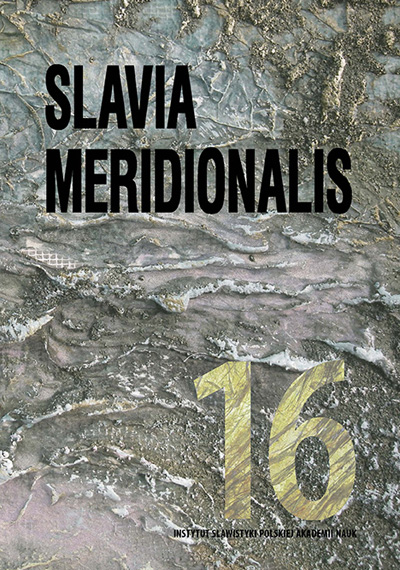St Maxim the Greek (Преп. Максим Грек, 1470–1556): Some Notes on His Understanding of the Sacred Time
St Maxim the Greek: Some Notes on His Understanding of the Sacred Time
Author(s): Neža ZajcSubject(s): Christian Theology and Religion, History, Language and Literature Studies, Theology and Religion, Comparative Linguistics, 15th Century, Biblical studies, Translation Studies, History of Religion
Published by: Instytut Slawistyki Polskiej Akademii Nauk
Keywords: St Maxim the Greek; Bible; liturgy; grammar; theology; Old Church Slavonic;
Summary/Abstract: Based on a manuscript by St Maxim the Greek, this article explores his specific understanding of the relationship between language and biblical tradition. It gives some answers to questions concerning his theology, which are posed by his liturgical experience of the sacred time, which is based not on repeating the excerptions from the patristic authors, but is primarily founded on his accurate reading and in-depth perception of the Holy Bible. Maxim the Greek, who in his personal writings showed a detailed knowledge of both the Old Testament and Slavonic biblical texts, was thus not only able to separate the canonical from the non-canonical sacred texts, but also successfully classified the Christian teachings according to ethical value, from the Old Testament prophets to the apostles and the Church Fathers. With his hierarchy he also gave meaning to the ontological-eschatological dimension (three levels – appropriate to the Holy Trinity) of their spiritual efforts. His knowledge, which also reflects the precise understanding of dogmatic theological decisions of the first ecumenical church councils, ranks highest the learning that comes directly from the Son of God, which Maxim the Greek experienced through his theological-liturgical prayer practice. Maxim found theologically unambiguous formulations which most profoundly determined the specific nature of his personal theology in the Byzantine hymnography dedicated to the Mother of God. All the mentioned facts lead the author to the further explore his specific Old Church Slavonic language, in which he managed to preserve not only the early Christian mentality but also the theological-liturgical characteristics of the ascetic and later monastic discipline that he learned in the monastery of Vatopedi at the Holy Mount Athos. The article concludes with the proposition that only through detailed study of the personal language of St Maxim the Greek can we arrive at a definition of his Theology.
Journal: Slavia Meridionalis
- Issue Year: 2016
- Issue No: 16
- Page Range: 329-368
- Page Count: 40
- Language: English

